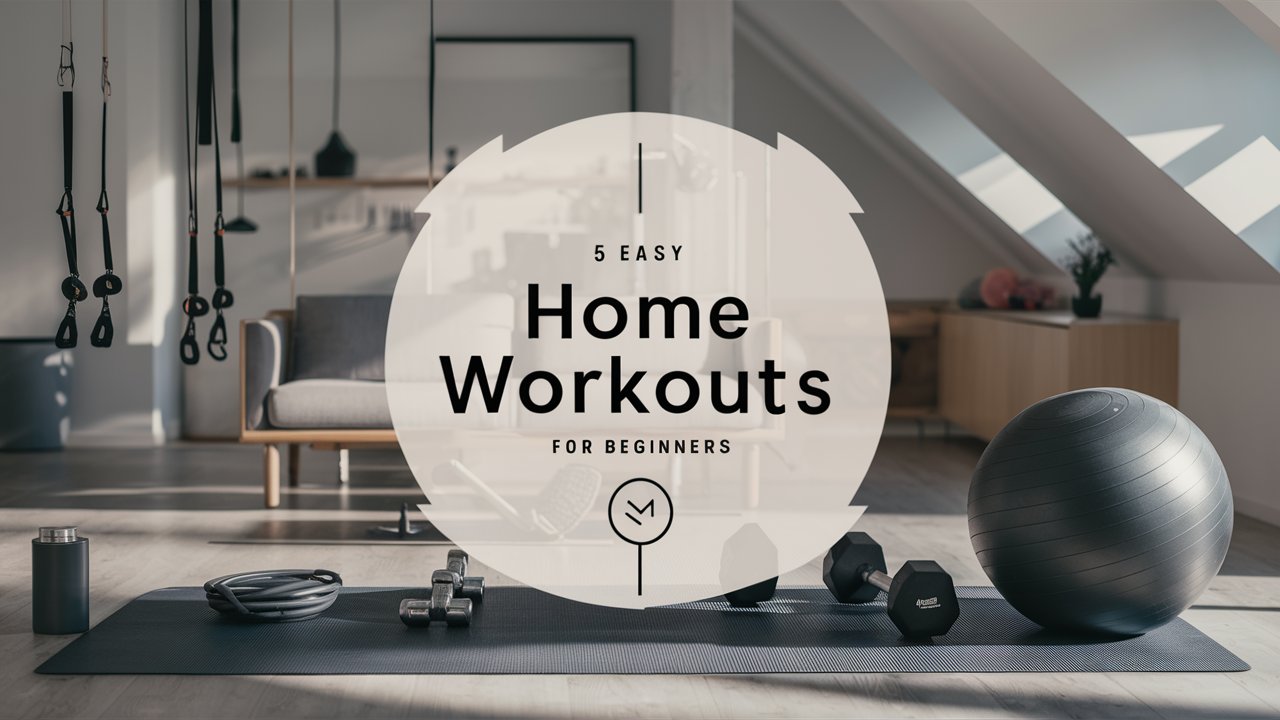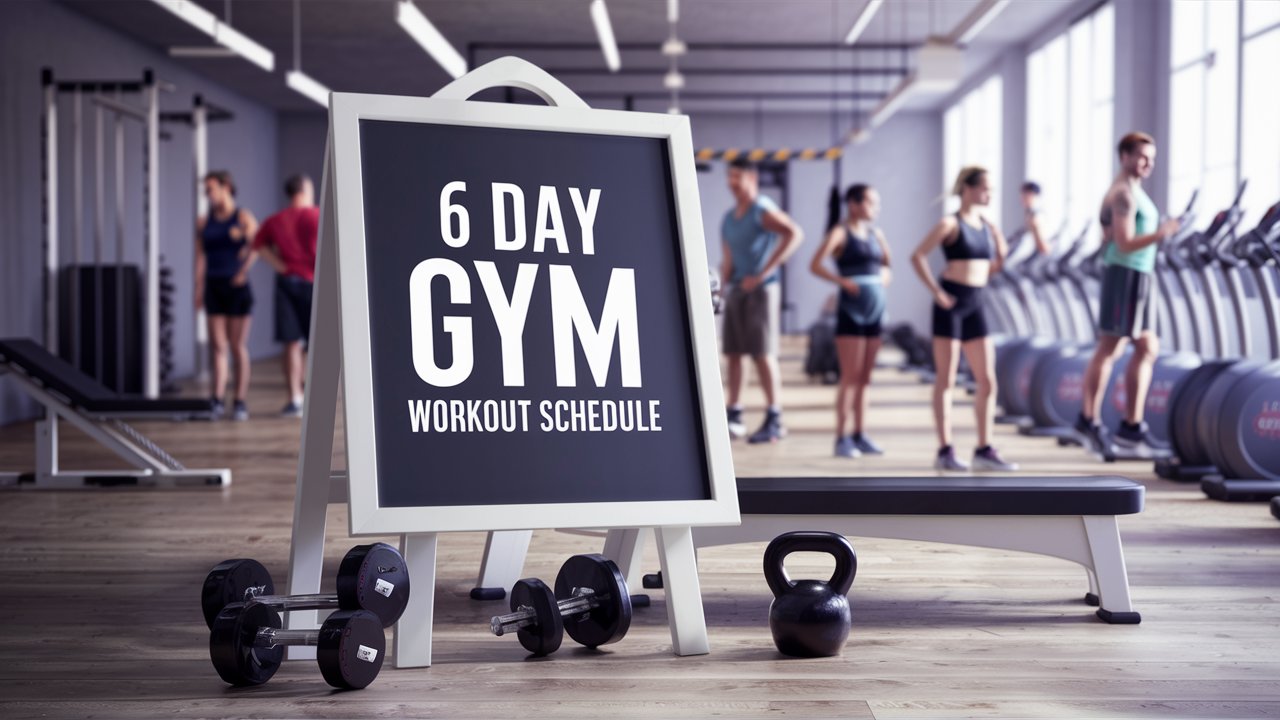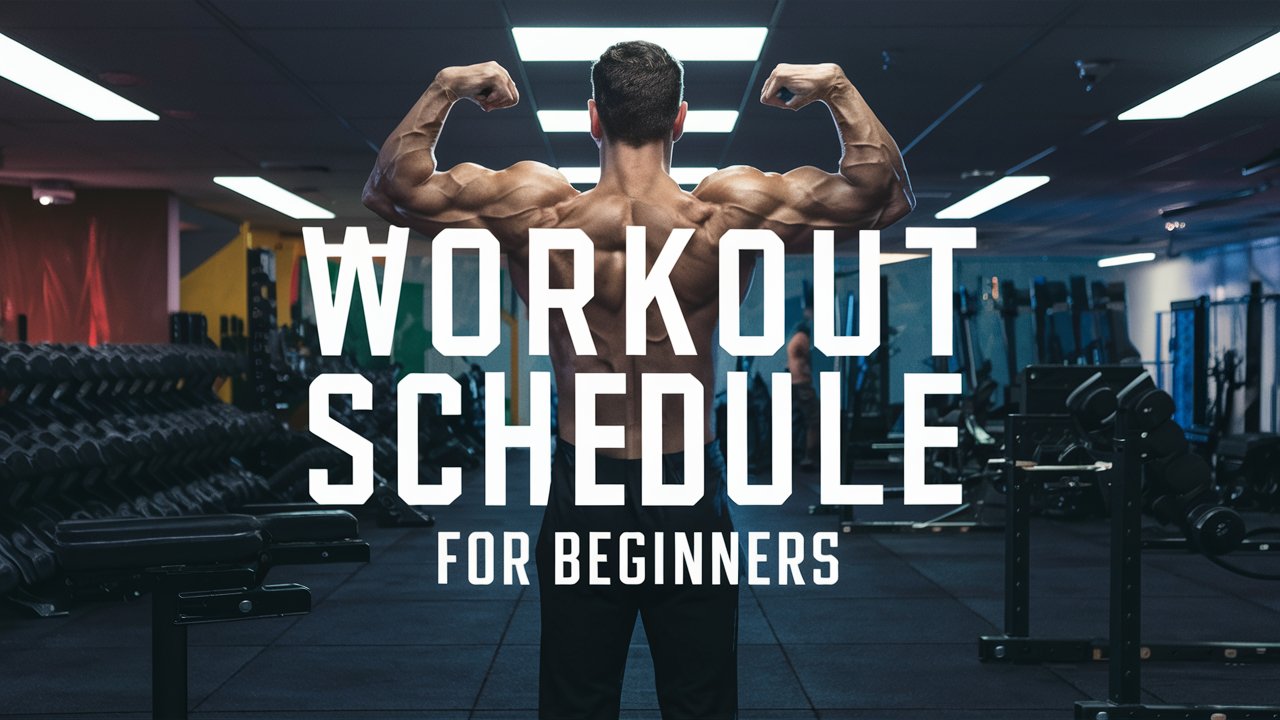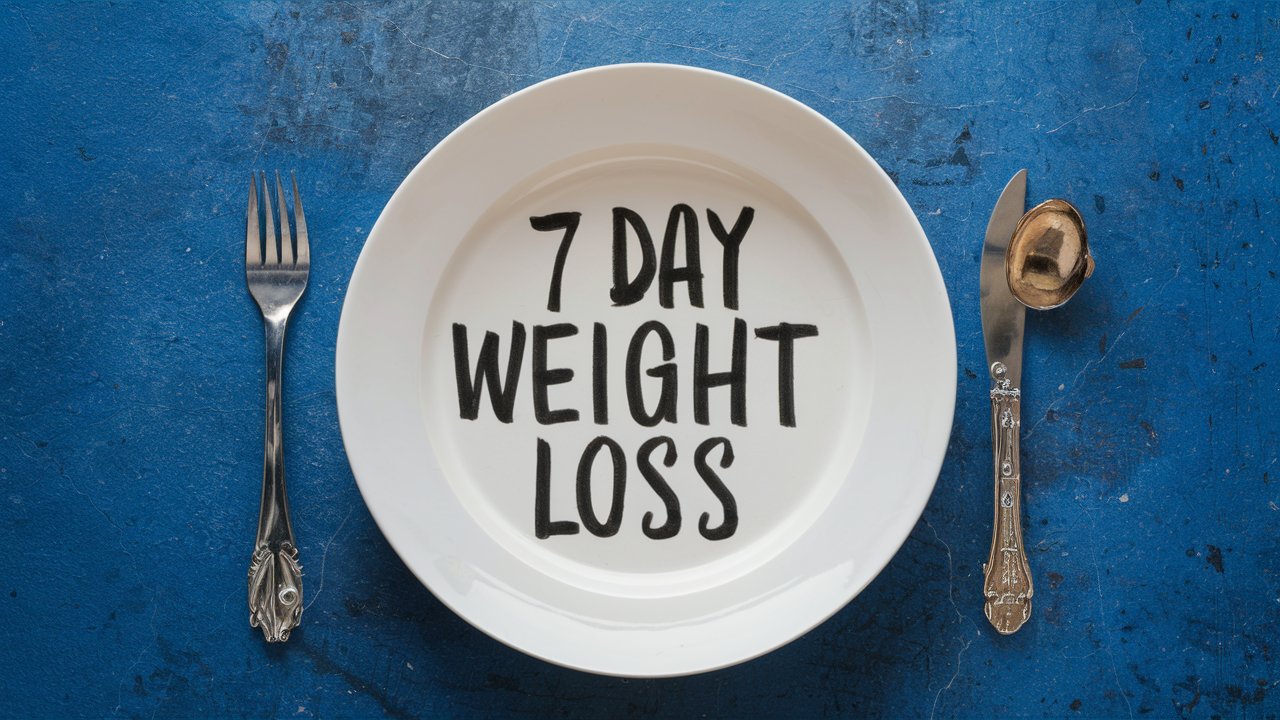Embarking on a fitness journey from the comfort of home can be both empowering and rewarding. In this guide, we unveil 5 easy yet remarkably effective home workouts for beginners.
Whether you’re new to fitness or seeking a convenient routine, these tailored exercises cater specifically to beginners, ensuring a seamless transition into a healthier lifestyle. Let’s dive into the world of home workouts for beginners and unleash your full potential!
Getting Started
Before jumping into your home workout routine, it’s essential to lay the groundwork for success. This includes setting realistic goals, creating a dedicated space for exercise, and gathering essential equipment.
- Setting Realistic Goals: Start by defining what you hope to achieve with your home workouts. Whether it’s losing weight, building muscle, or simply improving your overall health, setting specific, measurable, and achievable goals will help keep you motivated and on track.
- Creating Your Space: Designate a specific area in your home for exercise. This could be a spare room, a corner of your living room, or even just a cleared-out space in your bedroom. Having a dedicated workout space will make it easier to stay focused and minimize distractions during your workouts.
- Essential Equipment: While many effective home workouts can be done using just your body weight, having a few basic pieces of equipment can add variety and intensity to your routine. You might want to think about adding some tools to your arsenal, like a yoga mat, resistance bands, dumbbells, and a stability ball. These tools can amplify your workout routine and help you focus on various muscle groups.
Warm-Up Routine
Warming up before exercise is crucial for preparing your body for the workout ahead and reducing the risk of injury. A proper warm-up should increase your heart rate, improve blood flow to your muscles, and loosen up your joints. Here are some simple warm-up exercises you can try before diving into your home workout:
- Arm Circles: Stand with your arms extended straight out to the sides, and make small circular motions with your arms, gradually increasing the size of the circles.
- Leg Swings: Hold onto a stable surface for support and swing one leg forward and backward, gradually increasing the range of motion with each swing.
- Marching in Place: Lift your knees up towards your chest alternately while swinging your arms back and forth.
These dynamic warm-up exercises will help prime your body for exercise and ensure that you get the most out of your workout while minimizing the risk of injury.
1. Bodyweight Squats
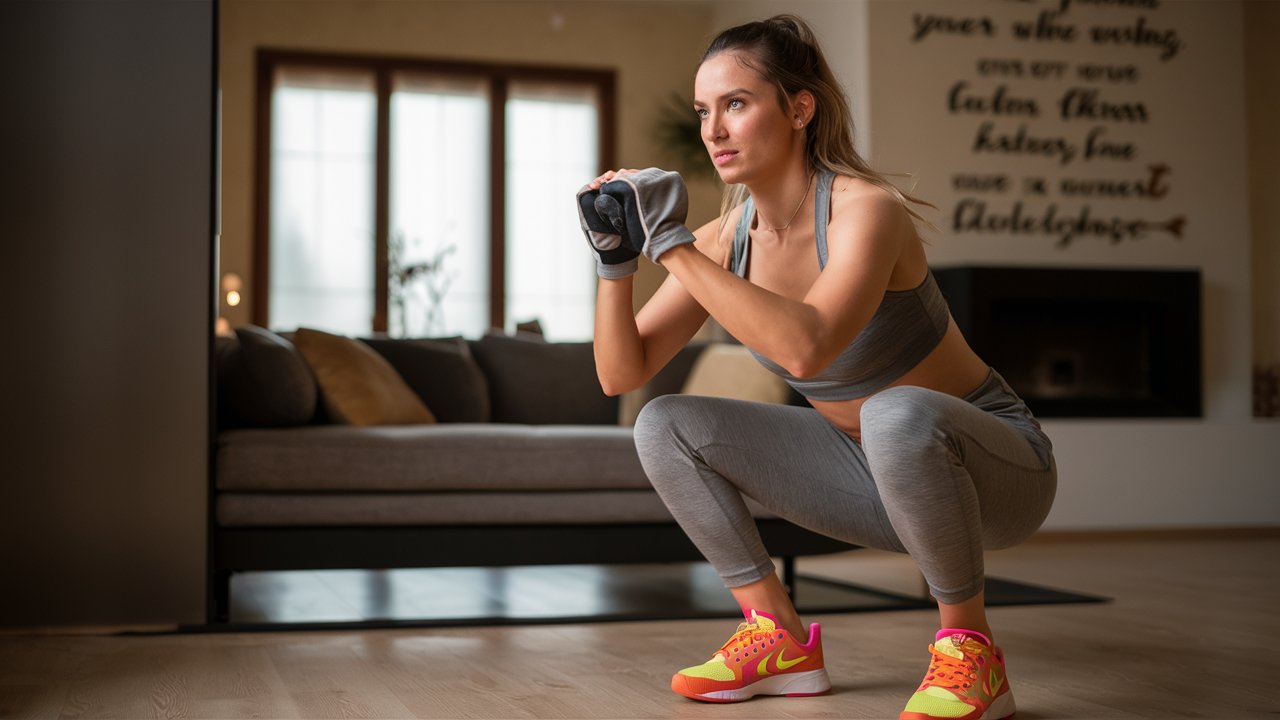
Bodyweight squats are an excellent exercise for targeting the muscles of your lower body, including your quadriceps, hamstrings, and glutes. Furthermore, they activate your core muscles, promoting stability and equilibrium throughout the exercise.
Here’s how to perform a bodyweight squat correctly:
- Position yourself with your feet at a comfortable distance apart, ensuring they’re shoulder-width and slightly turned outward.
- Maintain an upright posture by lifting your chest, rolling your shoulders backward, and activating your core throughout the entirety of the motion.
- Lower your body by bending your knees and pushing your hips back as if you were sitting back into a chair.
- Keep your weight in your heels and lower your body until your thighs are parallel to the floor, or as low as you can comfortably go.
- Press firmly through your heels as you rise back to the initial stance, while also tightening your glutes at the peak of the action.
- Repeat for a set number of repetitions, aiming for 10-15 reps to start.
Bodyweight squats are a versatile exercise that can be easily modified to suit your fitness level. If you’re new to squats, start by performing them with a chair or bench behind you for support. As you become more comfortable with the movement, you can gradually increase the depth of your squat and incorporate variations such as sumo squats, jump squats, or single-leg squats to challenge yourself further.
Benefits of bodyweight squats:
- Develop strength and enhance muscle definition in the lower part of your body
- Improve balance, stability, and coordination
- Increase mobility and flexibility in your hips, knees, and ankles
- Burn calories and support weight loss efforts
2. Push-Ups
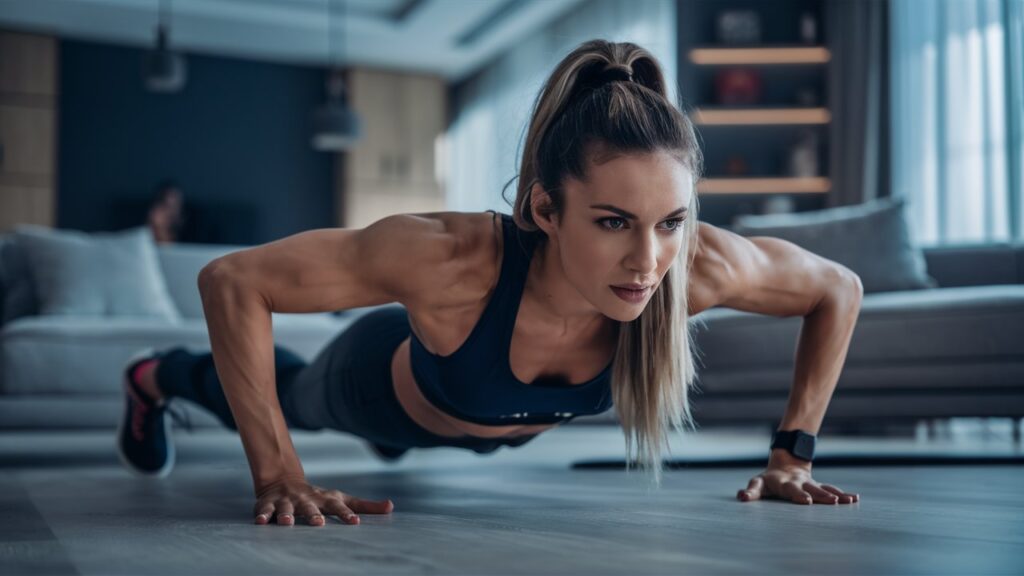
Push-ups are a classic bodyweight exercise that targets the muscles of your chest, shoulders, triceps, and core. They also engage stabilizer muscles throughout your upper body and core, making them an excellent full-body exercise.
Here’s how to perform a standard push-up correctly:
- Start in a plank position with your hands shoulder-width apart and your wrists aligned under your shoulders.
- Maintain a straight alignment from head to heels, activating your core and glute muscles to uphold steadiness. Gradually descend by flexing your elbows, ensuring they remain alongside your torso, until your chest approaches the ground.
- Push through your palms to return to the starting position, fully extending your arms at the top of the movement.
- Repeat for a set number of repetitions, aiming for 8-12 reps to start.
If standard push-ups are too challenging, you can modify the exercise by performing them on your knees or against a wall. Alternatively, if you’re looking to increase the intensity, you can try variations such as diamond push-ups, incline push-ups, or plyometric push-ups.
Benefits of push-ups:
- Strengthen the muscles of your chest, shoulders, and arms
- Improve core stability and posture
- Enhance upper body endurance and power
- Promote functional strength for everyday activities
3. Plank
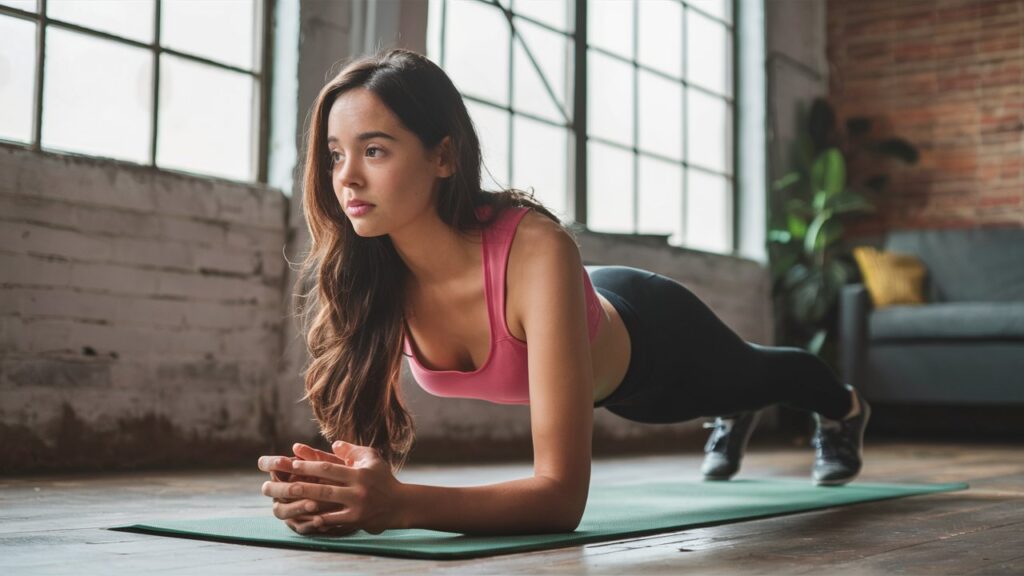
Planks are a simple yet effective exercise for strengthening your core muscles, including your abs, obliques, and lower back. They also engage muscles throughout your shoulders, chest, and glutes, making them a great full-body exercise.
Here’s how to perform a standard plank correctly:
- Start in a push-up position with your hands shoulder-width apart and your wrists aligned under your shoulders.
- Maintain a straight alignment from your head down to your heels, activating both your core and gluteal muscles to uphold a stable position.
- Hold this position for as long as you can while maintaining proper form, aiming for 40-50 seconds to start.
To increase the intensity of the exercise, you can try variations such as side planks, plank jacks, or plank knee taps. Focus on maintaining a strong and stable core throughout the movement, and avoid sagging or arching your back.
Benefits of planks:
- Strengthen core muscles and improve overall stability
- Reduce the risk of lower back pain and injury
- Enhance posture and spinal alignment
- Increase abdominal endurance and functional strength
4. Lunges
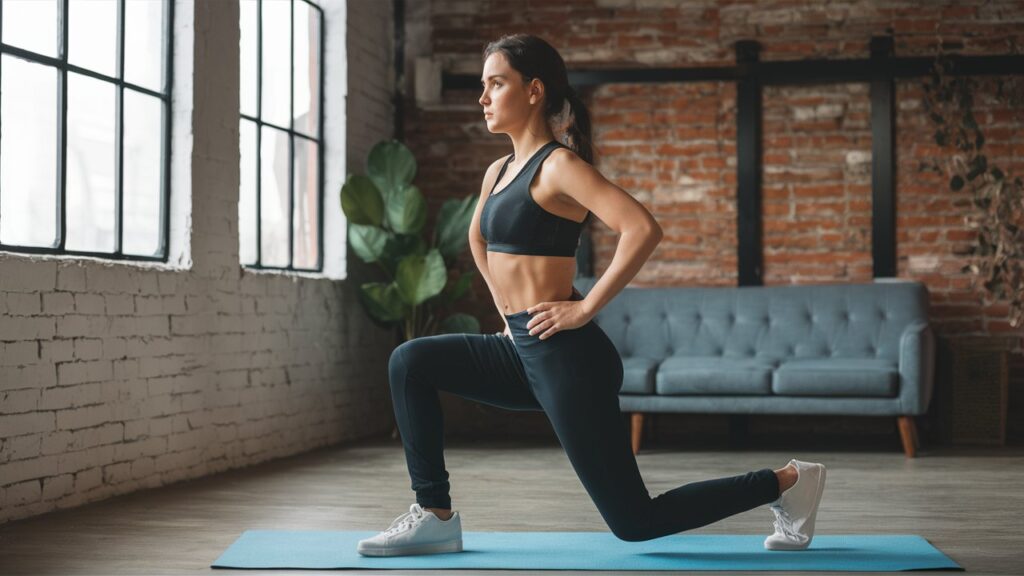
Lunges are a versatile lower body exercise that targets your quadriceps, hamstrings, glutes, and calves while also improving balance and coordination. They can be performed using just your body weight or with added resistance such as dumbbells or resistance bands.
Here’s how to perform a basic forward lunge correctly:
- Stand with your feet hip-width apart and your hands on your hips or by your sides.
- Take a step forward with one leg, bending both knees to lower your body towards the floor.
- Ensure that your front knee aligns directly over your ankle while keeping your back knee slightly elevated, just hovering above the ground.
- Push through your front heel to return to the starting position, driving your hips forward to stand tall.
- Repeat on the other leg, alternating sides for a set number of repetitions.
To increase the difficulty of the exercise, you can try variations such as reverse lunges, walking lunges, or jumping lunges. Focus on maintaining proper form throughout the movement, keeping your torso upright and your core engaged.
Benefits of lunges:
- Develop both strength and muscular definition in your lower extremities
- Improve balance, stability, and coordination
- Increase flexibility and range of motion in your hips and knees
- Enhance functional movement patterns for activities like walking, running, and climbing stairs
5. Pull-Ups
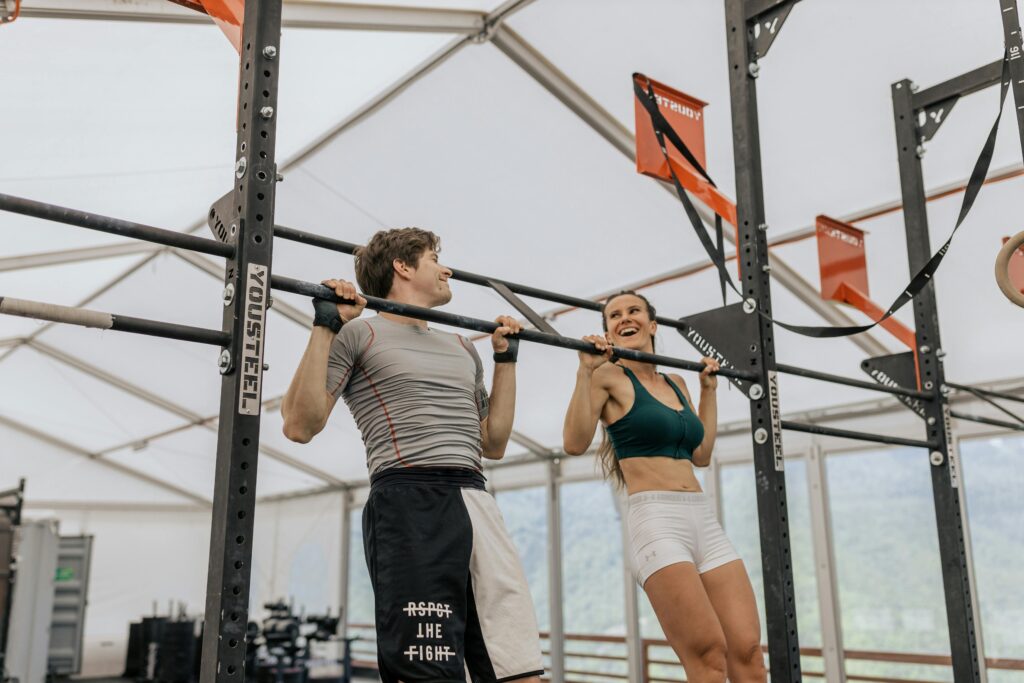
Pull-ups are a challenging but highly effective upper body exercise that primarily targets the muscles of your back and biceps. They also engage muscles throughout your shoulders, arms, and core, making them a fantastic full-body exercise.
Here’s how to perform a standard pull-up correctly:
- Find a sturdy overhead bar or pull-up bar that can support your weight.
- Grasp the bar with an overhand grip, hands shoulder-width apart, and your palms facing away from you.
- Hang from the bar with your arms fully extended, engaging your core and glutes to maintain stability.
- Pull your body upward by bending your elbows, driving your elbows down and back towards your sides. Continue pulling until your chin clears the bar, then lower yourself back down with control.
- Repeat for a set number of repetitions, aiming for 5-10 reps to start.
If you’re new to pull-ups or find them too challenging, you can use a resistance band for assistance or try negative pull-ups, where you focus on lowering yourself down slowly from the top position. As you become stronger, you can gradually decrease the assistance and work towards performing unassisted pull-ups.
Benefits of pull-ups:
- Build upper body strength and muscle mass
- Target muscles of the back, arms, and shoulders
- Improve grip strength and forearm endurance
- Enhance functional pulling movements for activities like climbing, lifting, and carrying
After completing your home workout, it’s essential to take time to cool down and stretch your muscles to promote recovery and prevent stiffness. Cooling down gradually lowers your heart rate and helps flush out metabolic waste products from your muscles, while stretching helps improve flexibility and range of motion.
Cooling Down
Here are some simple cool-down and stretching exercises you can try:
- Walking or jogging in place: Gradually decrease your pace until your heart rate returns to normal.
- Static stretches: Hold gentle stretches for each major muscle group, focusing on areas that feel tight or tense.
- Foam rolling: Use a foam roller to massage and release tension in your muscles, targeting areas of soreness or discomfort.
By incorporating these cooldown and stretching exercises into your post-workout routine, you can help reduce muscle soreness, improve flexibility, and promote faster recovery between workouts.
Staying Motivated
Staying motivated is key to sticking with your home workout routine and achieving your fitness goals. Below are a few pointers to assist you in maintaining your progress:
- Track Your Progress: Keep a workout journal or use a fitness app to track your workouts, progress, and achievements over time. Acknowledge your achievements and leverage them as fuel to propel yourself further ahead.
- Set Achievable Milestones: Break your long-term goals down into smaller, more manageable milestones, such as increasing the number of reps or sets, improving your form, or reaching a new personal best. Celebrate each milestone along the way to keep yourself motivated and focused on your progress.
- Find a Workout Buddy: Partnering up with a friend, family member, or online accountability buddy can help keep you motivated, accountable, and on track with your workouts. Share your goals, progress, and challenges with each other, and encourage one another to stay committed to your fitness journey.
By staying consistent, staying accountable, and staying focused on your goals, you can overcome obstacles, break through plateaus, and achieve lasting success with your home workout routine.
Additional Resources
In addition to the exercises outlined in this article, there are countless resources available to help you enhance your home workout experience and achieve your fitness goals. Here are some additional resources to explore:
- Fitness Apps and Websites: Discover a wide range of workout programs, exercise tutorials, and personalized fitness plans through popular fitness apps and websites such as Nike Training Club, MyFitnessPal, Fitbit Coach, and Beachbody On Demand.
- Books and Guides: Dive deeper into the world of fitness and wellness with books and guides written by experts in the field. Whether you’re interested in strength training, yoga, or nutrition, there’s a wealth of knowledge available to help you reach your goals.
- You can also check out our articles on workout by clicking here.
Conclusion
Incorporating these 5 easy home workouts for beginners into your daily routine is a simple and effective way to stay active, healthy, and happy without ever having to leave your home. By starting small, staying consistent, and listening to your body, you can build strength, improve endurance, and boost your overall well-being one workout at a time. So what are you waiting for? Lace up your sneakers, clear some space in your living room, and get ready to sweat your way to a stronger, fitter, and healthier you!
FAQs
-
Are home workouts effective for beginners?
Yes, home workouts are a great option for beginners because they’re convenient, accessible, and can be tailored to your fitness level and goals.
-
Do I need special equipment for home workouts?
While some equipment can enhance your workouts, many effective exercises can be done using just your body weight or simple props like resistance bands or dumbbells.
-
How often should I do home workouts?
The frequency of your home workouts will depend on your fitness level, goals, and schedule. Aim for at least 3-4 workouts per week, with rest days in between to allow for recovery.
-
How long should my home workouts be?
The duration of your home workouts can vary depending on your goals and fitness level. Aim for 30-60 minutes per session, including warm-up, workout, and cool-down.

